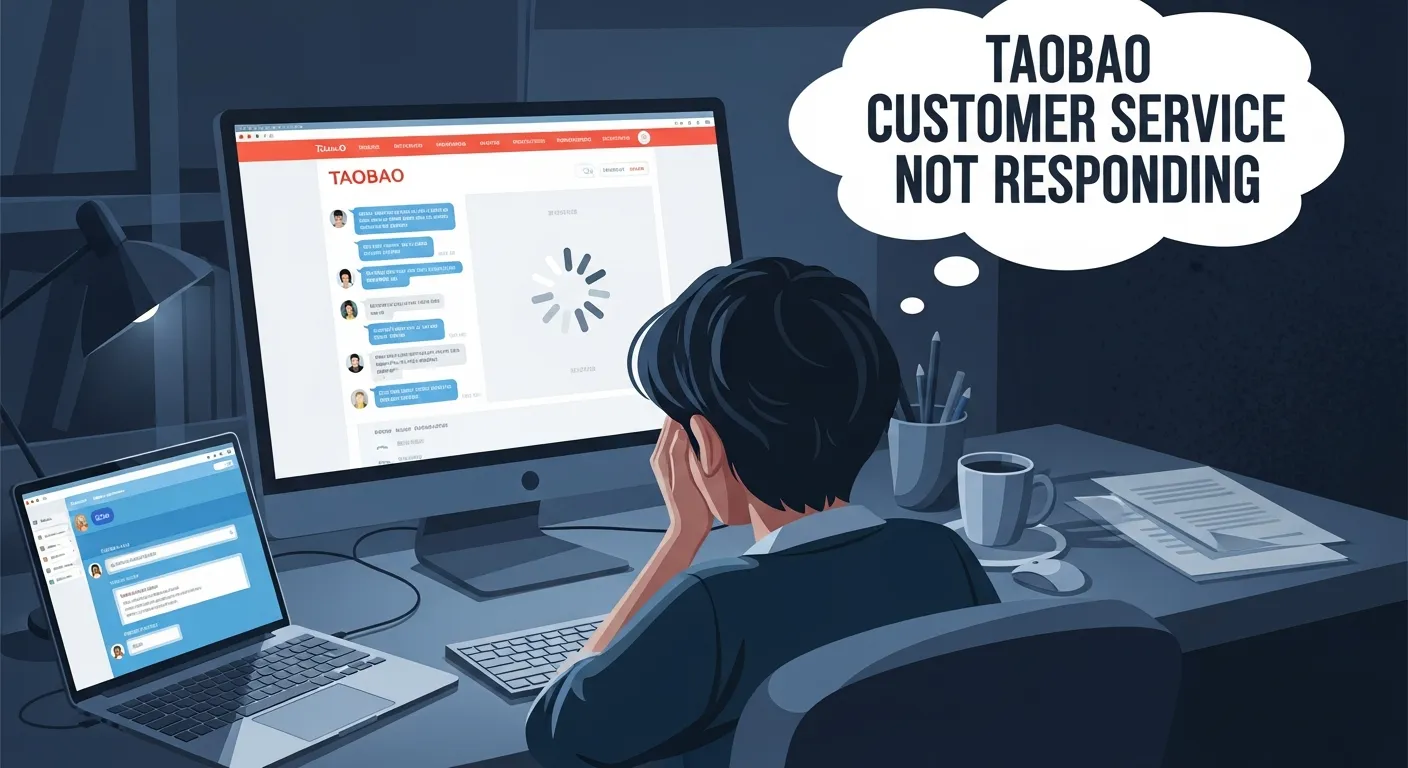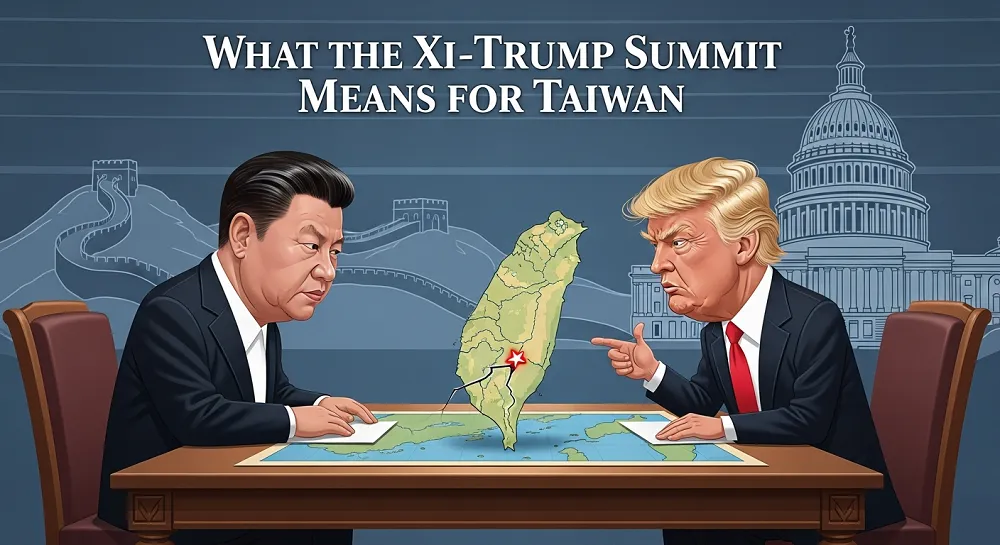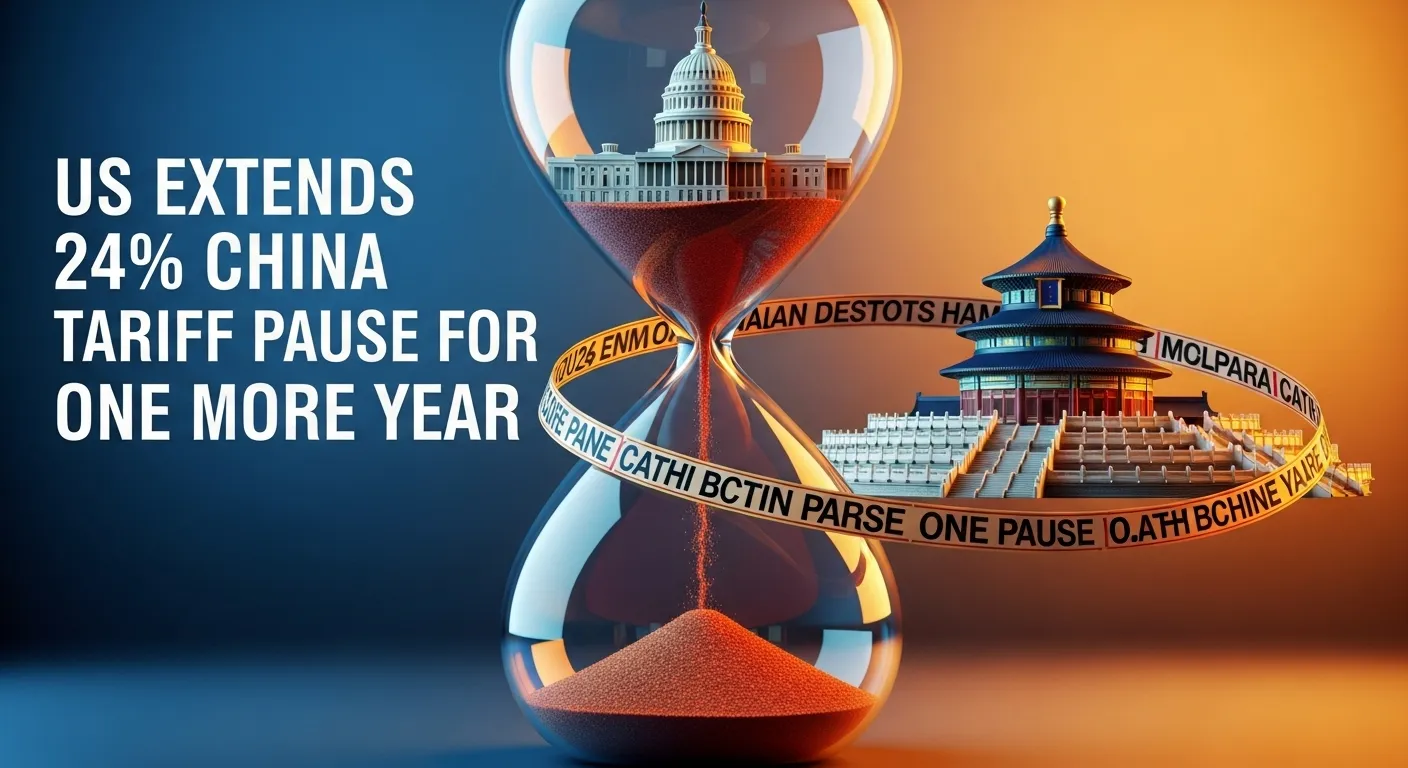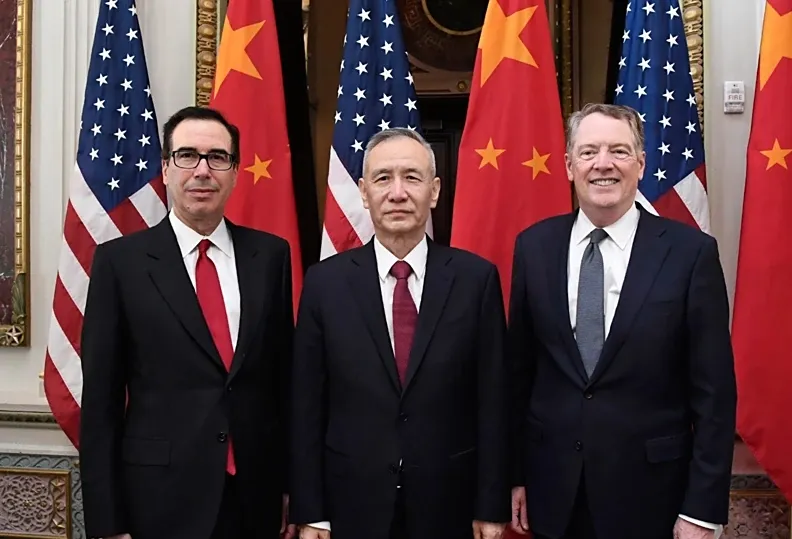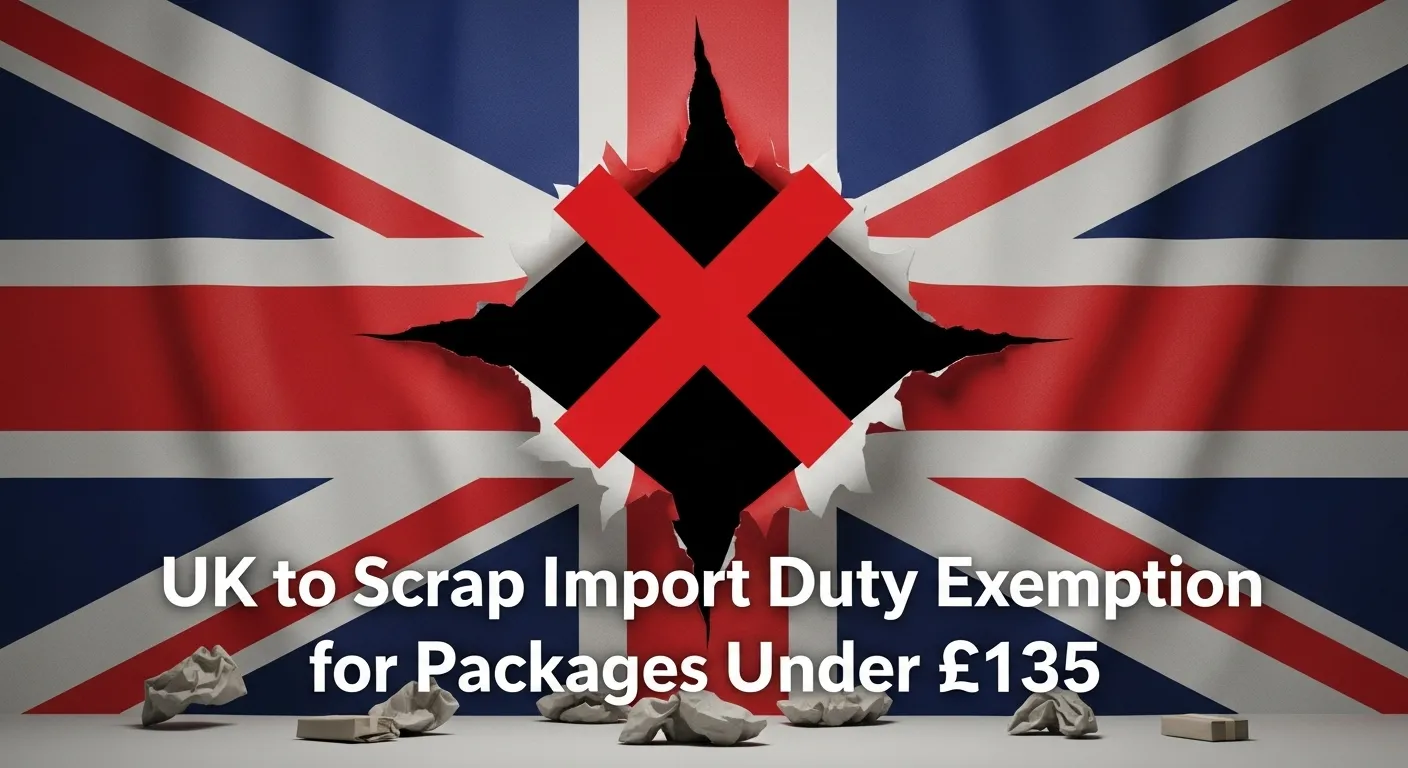Taobao Customer Service Not Responding? What to Do
Shopping on Taobao opens up a world of incredible bargains and unique items. However, every shopper eventually faces a dreaded scenario: you send a message, and you get silence in return. When Taobao customer service is not responding, it can quickly turn excitement into anxiety. You might worry about your order status, a potential refund, or a missing package. Fortunately, you have options.
This guide will explain why communication breakdowns happen and what you can do about them. Furthermore, we will introduce a stress-free solution that bypasses these issues entirely. By using an expert service like GoNest, you can eliminate the need to hunt for a direct Taobao contact yourself. Consequently, you can enjoy the shopping experience without the headache of language barriers.
The Frustration of a Silent Seller
Nothing is more frustrating than an unread message. You might see the seller is online, yet your inquiry remains unanswered. This is a common issue for international buyers. Often, the silence is not due to malice. Instead, it is frequently a result of technical barriers or simple misunderstandings. Therefore, before you panic, it is helpful to understand the ecosystem you are operating in.
Why Is It So Hard to Find a Direct Taobao Contact?

Finding a reliable Taobao contact is difficult because the platform is massive and primarily serves a domestic Chinese audience. The sheer volume of transactions means that support channels are often overwhelmed. Additionally, the system relies heavily on automated chatbots. These bots can easily misunderstand queries, especially if you are using a translation tool.
Answering the Question: Is Taobao Available in English?
A major reason for communication failure is the language gap. Many users ask: Is Taobao available in English? The answer is no. Taobao does not have an official English interface. While your browser can translate pages, it cannot translate live chat effectively in real-time. Sellers often ignore messages written in English because they simply do not understand them. Consequently, the lack of native English support is the biggest hurdle for global shoppers.
Troubleshooting: Steps to Take Before Panicking
If you are trying to reach a seller directly, ensure you are using the right tools. You should use AliWangWang, the official chat app. Messages sent through the web browser sometimes fail to trigger notifications. Furthermore, always check the time zone difference. China Standard Time is significantly ahead of the US and UK. You might be messaging them while they are asleep.
Checking the “Taobao Customer Service Hong Kong Telephone Number”
For urgent issues, some users look for phone support. There is a Taobao customer service Hong Kong telephone number available on the regional site. However, this option has limitations. The support staff on this line generally speak Mandarin or Cantonese. If you do not speak these languages, calling will not resolve your issue. Therefore, phone support is rarely a viable solution for international buyers.
The Ultimate Solution: Let GoNest Be Your Voice
Instead of struggling to find a Taobao contact on your own, there is a better way. You can partner with an expert. GoNest acts as your bridge to the Chinese marketplace. We are your goods agent experts in China. Specifically, we provide comprehensive product purchasing and transportation services.
“Don’t Understand Chinese? Come to GoNest!”
If you don’t understand Chinese and don’t know how to use Taobao, it doesn’t matter. Come to GoNest! Our value proposition is simple. We handle the difficult parts for you. As long as there is a product you want, you can purchase it through GoNest. This eliminates the communication barrier entirely. Our team becomes your dedicated Taobao contact, handling all interactions with sellers on your behalf.
How to Use GoNest to Purchase Products from Taobao or 1688

Using our service is seamless. We support purchasing products from both Taobao and 1688. Here is a step-by-step guide on how to use the GoNest Buy website to secure your items.
Step 1: Search and View with a Product Link
First, find the item you want on the Chinese marketplace. You just need to enter the product link from Taobao or 1688 into the search box on the GoNest Buy website. This allows you to quickly search and view the desired product in a user-friendly interface.
Step 2: Direct Purchase and Agent Assistance
Once you see the product, you can purchase directly here on our site. You do not need to navigate the confusing Chinese checkout pages. Subsequently, we will help you buy the corresponding products according to your needs. We communicate with the seller to ensure the stock is available and the specifications are correct.
Step 3: Warehouse Arrival and Consolidation
After purchasing, what you need to do is simple: wait for all packages to arrive at our warehouse. We receive the items and inspect them. Then, you can pack these packages together. This consolidation process saves you money on international shipping.
Step 4: Shipping Request and Payment
Finally, you ask us to transport them to your country. At this point, you need to submit a request for packing and shipping the packages. Then, you make the payment for the shipping fees. Once this is done, we can start the shipping process immediately.
Safety First: How to Not Get Scammed on Taobao?
Beyond communication issues, safety is a top concern. New users often ask: How to not get scammed on Taobao? Scams can happen, such as sellers sending incorrect items or fake tracking numbers.
The Agent Advantage in Fraud Prevention
The best way to avoid scams is by using an agent like GoNest. We act as a safety buffer. When the items arrive at our warehouse, we check them. If the product is incorrect or damaged, we handle the return locally. Therefore, you never have to deal with the nightmare of an international return. We act as your eyes and ears, ensuring you get exactly what you paid for.
Expanding Your Horizons: Shipping and Platform Support
GoNest is not just a buying service; we are a logistics expert. We are constantly expanding our reach to serve you better.
Shipping to Europe, USA, UK, and Australia
Currently, we provide transportation services to mainstream countries. This includes Europe, the United States, the United Kingdom, and Australia. We are also working hard to expand our influence and add support for more countries. No matter where you are, we aim to deliver your goods safely.
Accessing 1688 and Other Platforms
Our service goes beyond retail. We also support direct purchasing from 1688, which is Alibaba’s domestic wholesale platform. Furthermore, we provide procurement services for some other Chinese e-commerce platforms. This gives you access to a wider range of suppliers and better prices.
Conclusion: You Don’t Have to Shop Alone
In conclusion, if Taobao customer service is not responding, do not despair. You do not need to fight through language barriers or navigate complex phone menus to find a Taobao contact. Instead, rely on GoNest.
If you need our services, please contact us. Our online customer service will not only provide you with help on how to use Taobao, but you can also purchase Taobao products directly through GoNest Buy under our guidance. We make global shopping simple, safe, and accessible for everyone.
GET IN TOUCH
Let us Send You a Quote
Frequently Asked Questions (FAQs)
1. Is Taobao available in English?
No, Taobao does not have an official English interface. The entire site is in Chinese. To shop effectively without knowing the language, it is best to use a shopping agent like GoNest.
2. What is the Taobao customer service Hong Kong telephone number?
There are regional hotlines for Hong Kong, but the support staff primarily speak Cantonese or Mandarin. It is often not a useful Taobao contact for English speakers.
3. How to not get scammed on Taobao?
To avoid scams, never take transactions off the platform. Additionally, using an agent like GoNest provides protection because we inspect the goods at our warehouse before shipping them to you.
4. Can GoNest help if a seller ignores me?
Yes. If you purchase through GoNest, our team handles all communication. We have native Chinese speakers who can contact the seller directly to resolve issues, stock questions, or shipping delays.
5. Does GoNest support websites other than Taobao?
Yes, we support direct purchasing from 1688. Additionally, we provide procurement services for various other Chinese e-commerce platforms, giving you access to wholesale pricing.
6. Where does GoNest ship to?
We currently provide transportation services to mainstream destinations including the United States, the United Kingdom, Europe, and Australia. We are also actively expanding to support more countries.
